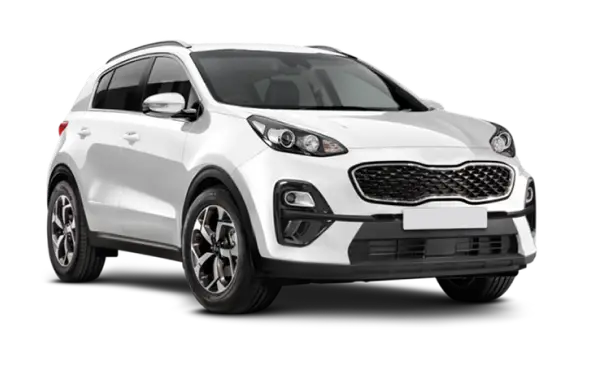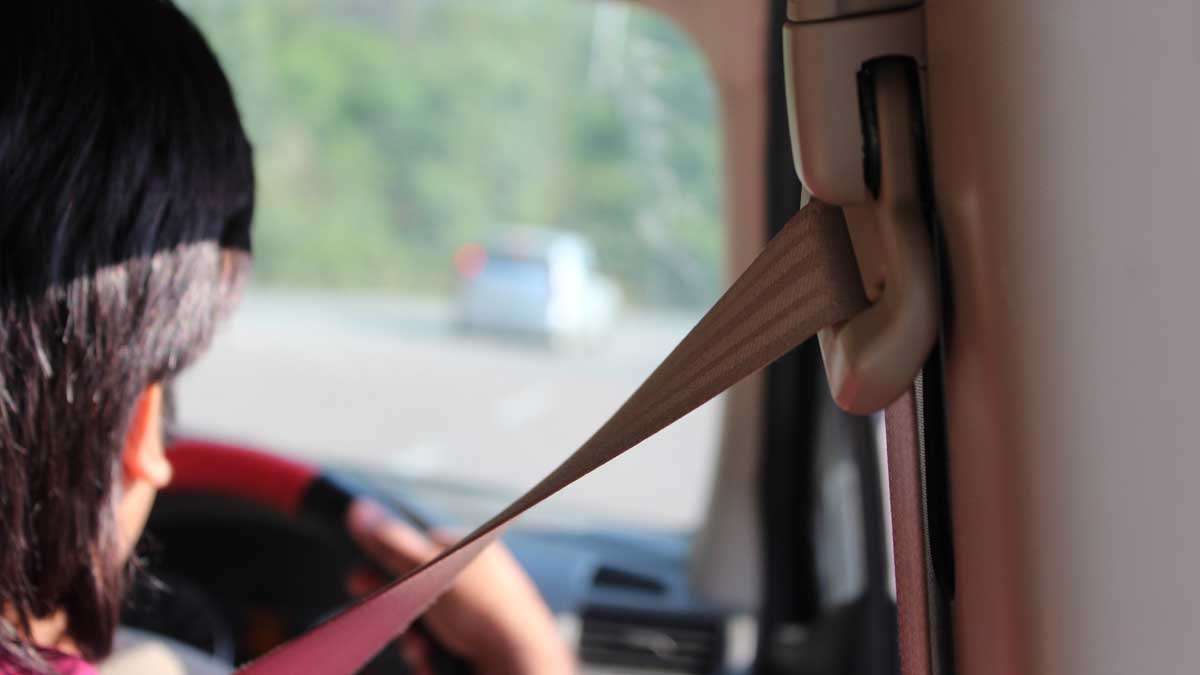Understanding Nose-to-Tail Collisions
In the unfortunate event of a nose-to-tail collision, where one car strikes another from behind, it is essential to understand the causes and implications of such accidents. By grasping the factors that contribute to these collisions, you can better navigate the aftermath and ensure you receive the necessary support.
When it comes to nose-to-tail collisions, there are several important aspects to consider. From common causes to determining fault and the impact on your insurance, understanding these details can help you navigate the situation with more confidence.
Common causes of nose-to-tail collisions
Nose-to-tail accidents can occur due to various reasons, including distracted driving, tailgating, sudden braking, or adverse weather conditions. It’s crucial to be aware of these potential causes and take necessary precautions to minimize the risk.
Distracted driving, such as texting or talking on the phone while behind the wheel, is a significant contributing factor to nose-to-tail collisions. When drivers are not fully focused on the road, they may fail to notice the slowing or stopped vehicle ahead, leading to a rear-end collision.
Tailgating, or following too closely behind another vehicle, is another common cause of nose-to-tail accidents. When drivers do not maintain a safe following distance, they have less time to react if the vehicle in front suddenly brakes or slows down.
Sudden braking can also lead to nose-to-tail collisions. Whether it’s due to a driver’s inattention, a sudden obstacle on the road, or a need to avoid a collision with another vehicle, unexpected braking can catch following drivers off guard, increasing the risk of a rear-end collision.
Adverse weather conditions, such as rain, snow, or fog, can significantly impact visibility and road conditions. Reduced visibility and slippery roads make it more challenging to maintain control of the vehicle, increasing the likelihood of a nose-to-tail collision.
Determining fault in a nose-to-tail accident
Assigning fault in a nose-to-tail collision is typically straightforward, with the driver who struck the vehicle from behind usually being deemed responsible. However, it is essential to gather evidence, such as witness statements or photographs of the scene, to support your claim and ensure a smoother process.
While the driver who rear-ends another vehicle is often considered at fault, there can be exceptions. For example, if the vehicle in front abruptly changes lanes without signalling or engages in other erratic behaviour, they may share some responsibility for the collision.
It’s crucial to document the accident scene thoroughly. Take photographs of the vehicles involved, the damage sustained, and any skid marks on the road. Collect witness statements, if possible, to provide additional evidence that can support your version of events.
Do I need to lodge a claim with my insurance if I’m in a not at fault accident?
You might be surprised to learn that you don’t need to lodge a claim with your insurance company to get a replacement car after a not-at-fault accident. Instead, companies like Right2Drive can provide you with a temporary replacement vehicle at no cost to you.
By offering this service, companies like Right2Drive help alleviate the inconvenience of being without transportation while your vehicle is being repaired or replaced. This eliminates the need to involve your insurance company and potentially impact your premium.
Gathering necessary documentation
Collect all necessary documentation to support your accident claim. This may include accident reports, photographs of the damage, medical records, and any other relevant evidence. By providing comprehensive documentation, you increase the chances of a successful claim resolution.
Obtaining a Replacement Car
Right2Drive provides eligible drivers with a like-for-like vehicle to get back on the road quickly after an accident. Even if you don’t have an insurance policy, or you haven’t elected to have a rental car as an optional extra on your policy, you may still be eligible to receive one of our cars.





